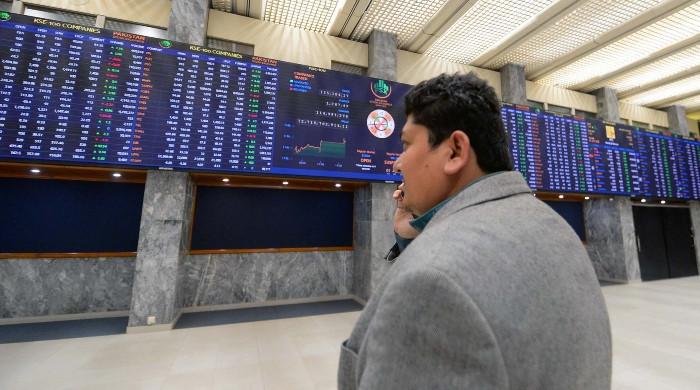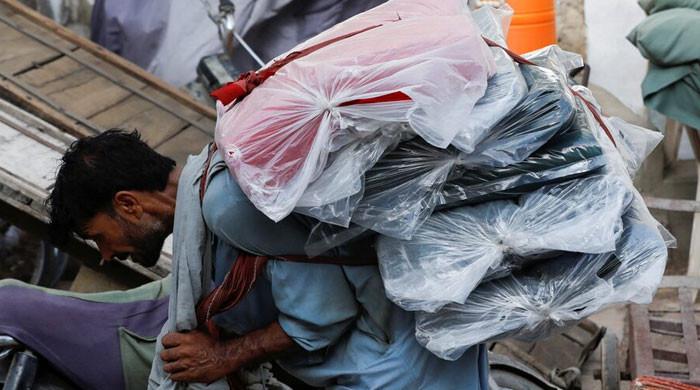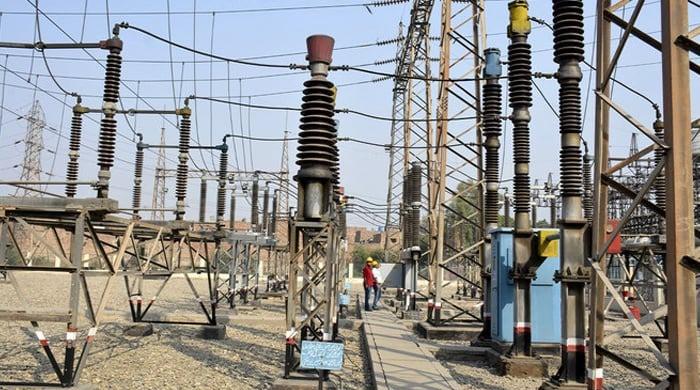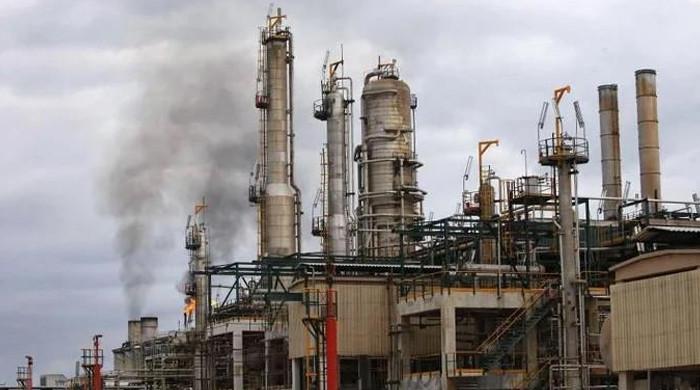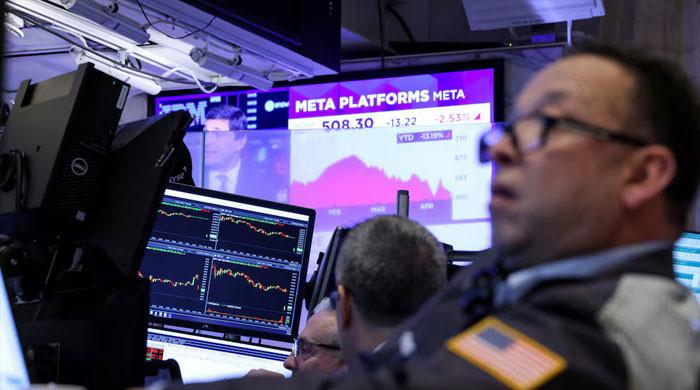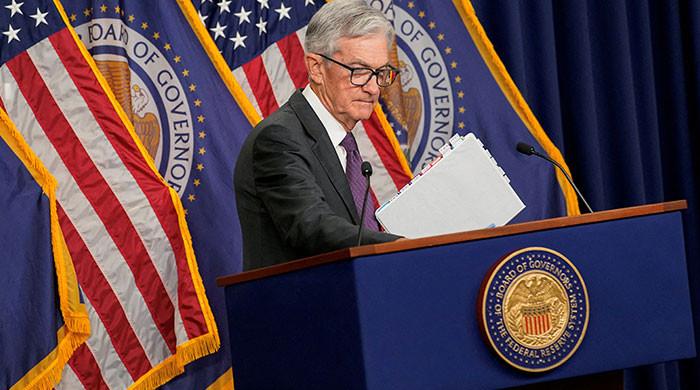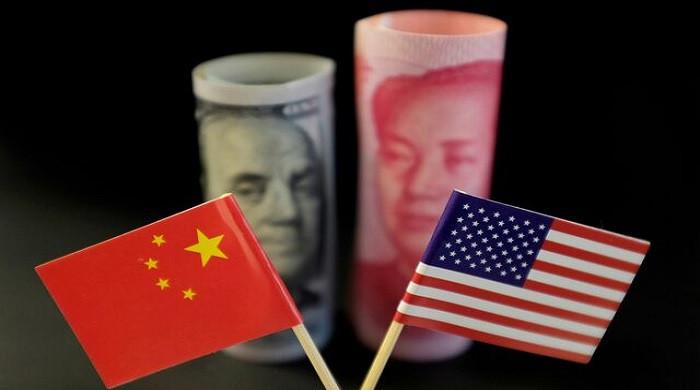A layperson's guide to budget
Geo.tv breaks down some of the seemingly complex budgetary terms and which figures to look out for
June 03, 2023
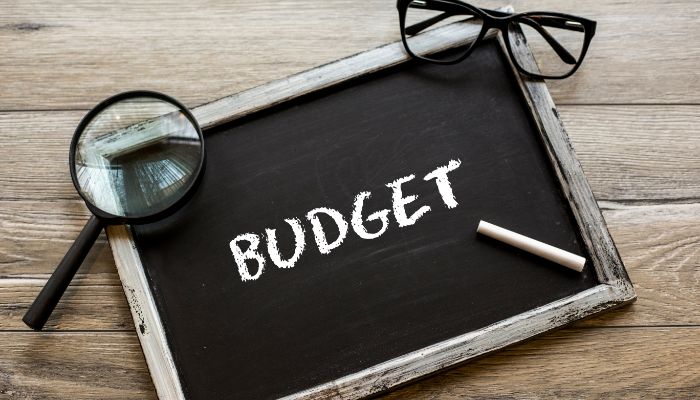
No matter which political party is in power at the time, one thing is constant — come May and there's rising noise about the budget, which is presented in June.
However, it can often be hard for someone without financial knowledge to understand what certain seemingly complex terms mean or how they're related to the economy or their everyday lives.
Like a household plans its finances before or at the start of a new month, the government does the same for the new fiscal year — 2024 in this case.
But before the budget comes, the government unveils the Economic Survey. This is similar to when a household would analyse where it spent its money and whether its objectives were achieved.
The Economic Survey, which is released by the Finance Division a day before the budget is presented, looks at macroeconomic indicators — including inflation, i.e., how expensive things got — sector-wise growth, and development policies and strategies.
The next day, the finance minister presents the budget — aka the finance bill — in the National Assembly. Separately, the budget speech, Budget in Brief and other documents are uploaded on the Finance Division's website.
The finance bill must be passed by the National Assembly and the Senate, and then receive the president's assent before it becomes an act of parliament.
One of the most important things to watch out for in both the Economic Survey and the budget is related to the Gross Domestic Product (GDP), which is the market value of all the goods and services produced within a country.
A country's GDP growth rate (compared on a yearly basis) is an important indicator of its economic health. Countries with higher GDPs will have a larger amount of goods and services that they generate and thus, generally have a higher standard of living.
Pakistan's GDP growth rate is expected to have fallen significantly this year as it remains plagued by one of its worst economic crises and continues to deal with the aftermath of last year's devastating floods.
Another concern, perhaps the most important one, is where the government gets its financing. The primary source of revenue is taxation, which is why the Federal Board of Revenue's (FBR) tax collection target is an important figure to watch out for. The breakdown can also indicate which items may get more or less expensive. For example, the 'mini-budget' passed by the government earlier this year made the cost of mobile phones and cigarettes, among other items, jump.
Besides this, the government also earns revenue from sources other than taxes; these include royalties, dividends on government investments in state-owned enterprises, etc.
The next important thing to look at is where the government plans to spend its revenues. This can be seen in the expenditure column (available in the Budget in Brief document).
Debt servicing — the amount required to pay the interest and principal on a loan — takes up a huge portion of the country's expenditure. For instance, debt servicing took up 45.35% of the total expenditure last year. Other areas which take up a significant chunk of spending are defence, pensions and subsidies.
The first three combined — debt servicing, defence and pensions — constituted over 70% of Pakistan's total expenditure in FY23.
An important figure to look at in this column is the Public Sector Development Programme, the amount of money the government intends to invest in developing human capital and improving infrastructure. For a country such as Pakistan, this figure should ideally be high.
However, amid continuing economic woes, the government slashed last year's PSDP target of Rs800 billion by nearly a third.
But what happens if the expenditures are higher than revenues, in other words, a budget deficit? While a deficit is not always a bad thing as a government may be taking loans that will pay off in the long run by increasing productivity or development of human capital, that is not the case for Pakistan.
Pakistan's imports heavily outnumber its exports, and its tax-to-GDP ratio — a figure to gauge a country's tax revenue relative to the size of its economy as measured by the GDP — is one of the lowest in the world.
The country is in a vicious loop where it has to take more loans to overcome past deficits, thereby adding to the debt servicing required in the next fiscal year.
Pakistan has also faced problems in reviving a loan programme with the International Monetary Fund (IMF), with the government saying it would provide the international lender with budget details. Meanwhile, IMF Mission Chief Nathan Porter has said the Fund hopes to have a board meeting to discuss Pakistan’s case before the current programme ends in June.
Speaking to Reuters, Porter said the Fund’s engagement with the government revolved, among other things, around the FY24 budget being “consistent” with the IMF programme’s goals.
So, once you're familiar with these terms, you'll know exactly what to look out for when the budget is unveiled on June 9, and how it will impact your own budget.




